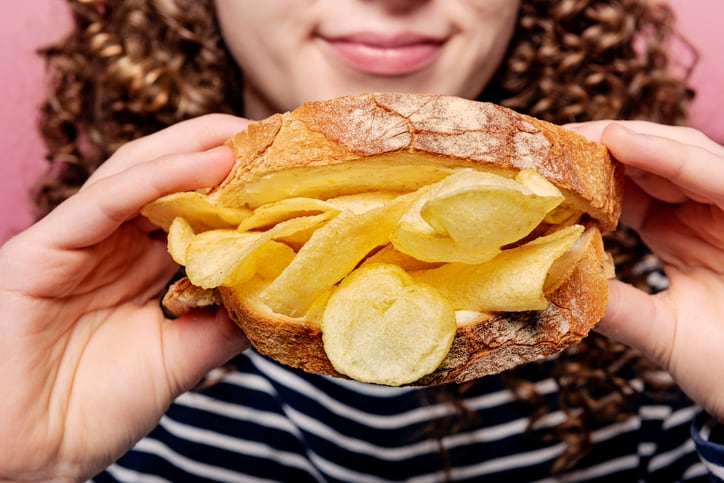Uber Eats examined orders between June 2019 and July 2022, as well as responses from over 2,000 UK workers and their views on the lunch break. It revealed changing attitudes to lunch times thanks to an uptick in hybrid working.
As of July 2022, there has been a total of 2,800 healthy food orders per day on Uber Eats, compared to just 1,800 in 2021, and 1,400 in 2020. The data also reveals a significant rise in interest in eco-conscious food, with meat-free orders increasing by 562% since 2019 in larger UK cities.
Lunchtime motivators
Over a fifth of respondents (21%) see lunch as an opportunity to bond with their colleagues. Additional research also reveals 69% of people say taking a break to have a meal with a co-worker reduces their stress levels, so prioritising food incentives can help employers boosting staff retention and improve employee satisfaction, Uber said.
When asking workers what makes them happy and motivated at work, financial bonuses were understandably the biggest mood booster among respondents (65%), especially as the economy remains uncertain. However, with many businesses unable to increase salaries in response to this, employees are open to other incentives to help offset struggles. Just under a quarter (23%) of employees would like free or subsidised meals provided by their company.
Beñat Idoyaga Burón, EMEA Lead, Uber Eats for Business comments: “Food has long been considered good for the soul, but today, employers should realise that it’s also good for a lot of other things. The foods that we put into our bodies affect our daily lives, including our productivity at work and in everyday tasks. Including food as an incentive for employees can be part of what keeps them happy, motivated and healthy, all while potentially softening the blow of rising prices.”
The ‘new’ lunchtime
Hybrid working has also played a big role in eating habits, with more prioritising speed, variety, and flexibility in their meal choices, to align with many peoples’ lockdown-induced desire for greater efficiency and productivity.
The data reveals that there is a clear link between people working either hybrid or back in the office, and the volume of food orders. Just under two-thirds (65%) of Uber’s food orders happen during the week. A fifth (20%) of these orders occurred on Thursday, most likely due to this being the most popular day for workers being in the office.
Beñat Idoyaga Burón continued: “While our data shows how food ordering continues to soar in popularity, it’s up to businesses to utilise that popularity for mutual benefit. For many, lunch was the break in the day we needed during lockdown; the social event we could go out to enjoy as restrictions eased – and now the thing we should be protecting as our weekly structures continue to adapt.”




